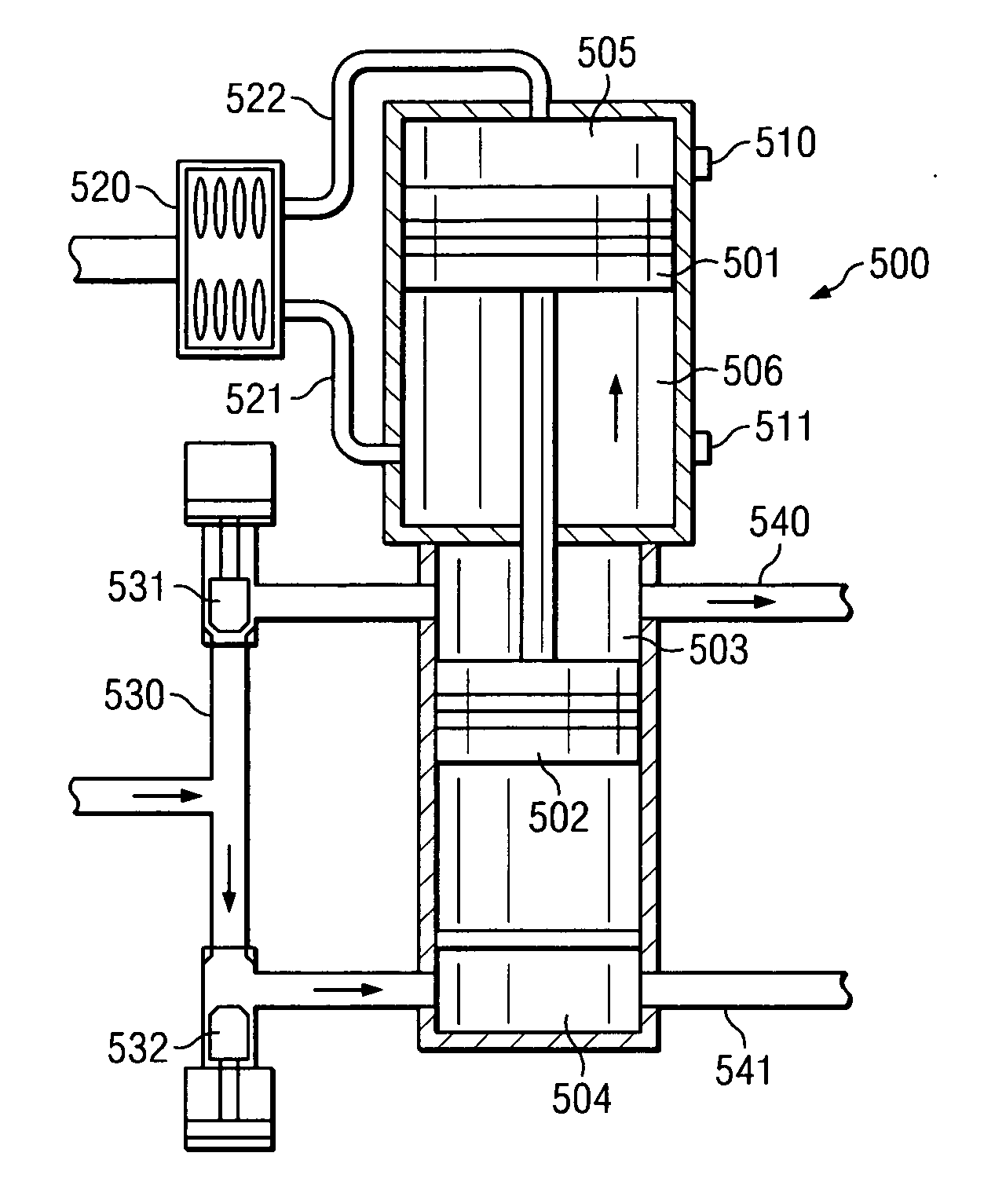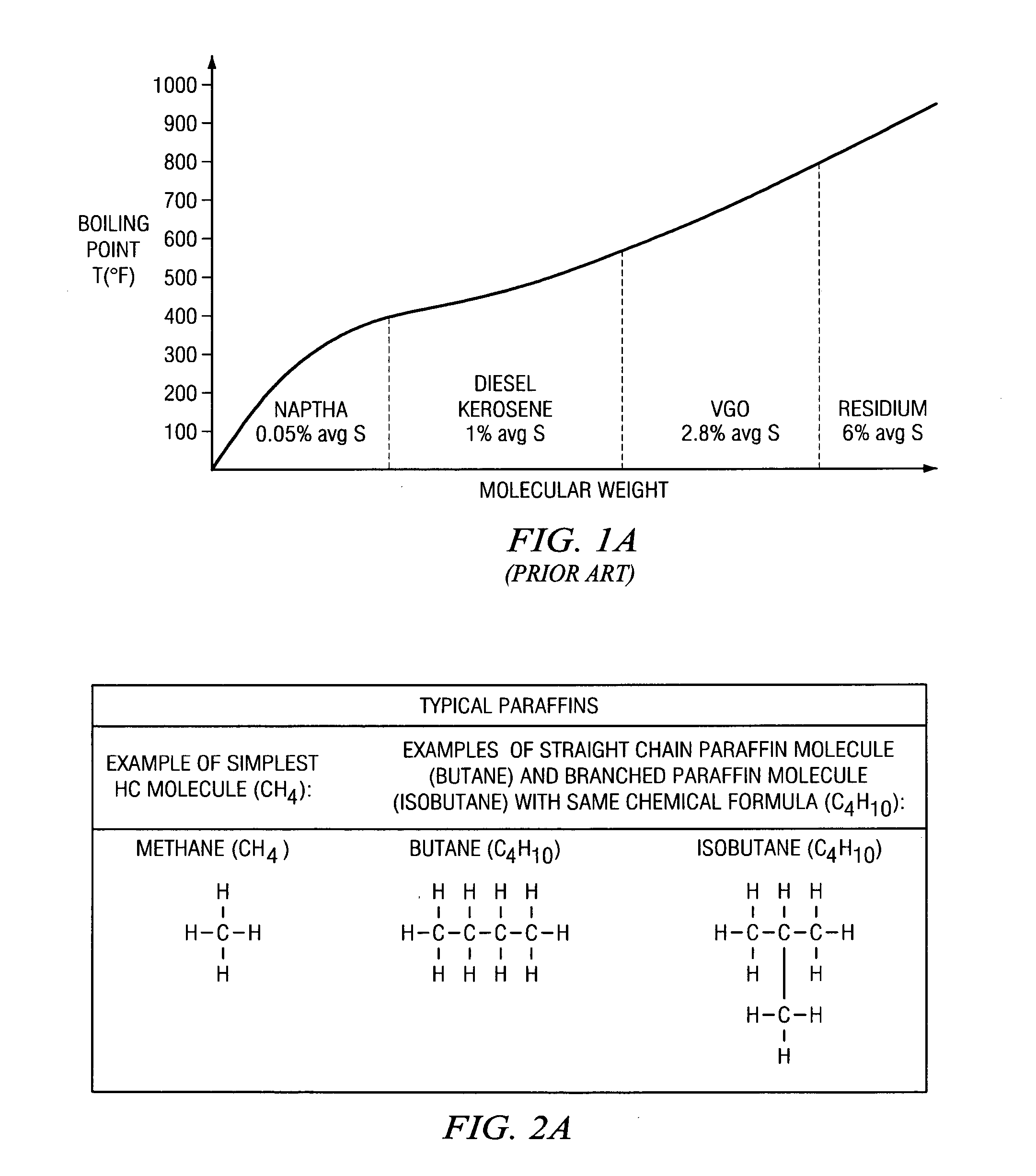System for improving crude oil
a crude oil and oil technology, applied in the direction of hydrocarbon oil cracking process, separation process, filtration separation, etc., can solve the problems of complex and expensive process, distillation process produced only a certain amount of gasoline, and the cost of a refining plant can easily exceed one billion dollars, so as to improve crude oil and improve crude oil. , the effect of enhancing crude oil
- Summary
- Abstract
- Description
- Claims
- Application Information
AI Technical Summary
Benefits of technology
Problems solved by technology
Method used
Image
Examples
Embodiment Construction
[0079] The use of filtration media to produce improvement in crude oil profiles is both novel and a significant improvement over existing traditional distillation systems. Referring now to FIG. 4, a schematic diagram illustrating the interaction of the functional components of the system is depicted in accordance with the present invention. A crude oil is placed in a storage tank 401. This crude oil may include sulfur compounds, contaminated water, industrial solvents, or any similar fluid or solid from which sub-fractions are to be separated.
[0080] The filtration process begins by drawing the crude oil from the starting tank 401 by means of a first pneumatic pump 410. The pneumatic pump 410 alternately draws the crude oil through two poppet valves 411, 412 via the upward and downward motion of the plunger 413, and alternately pumps the fluid through two out lines 414, 415. As the plunger 413 rises (as show in the present example), fluid is drawn through poppet valve 412. Simultane...
PUM
| Property | Measurement | Unit |
|---|---|---|
| pressure | aaaaa | aaaaa |
| pressure | aaaaa | aaaaa |
| temperatures | aaaaa | aaaaa |
Abstract
Description
Claims
Application Information
 Login to View More
Login to View More - R&D
- Intellectual Property
- Life Sciences
- Materials
- Tech Scout
- Unparalleled Data Quality
- Higher Quality Content
- 60% Fewer Hallucinations
Browse by: Latest US Patents, China's latest patents, Technical Efficacy Thesaurus, Application Domain, Technology Topic, Popular Technical Reports.
© 2025 PatSnap. All rights reserved.Legal|Privacy policy|Modern Slavery Act Transparency Statement|Sitemap|About US| Contact US: help@patsnap.com



